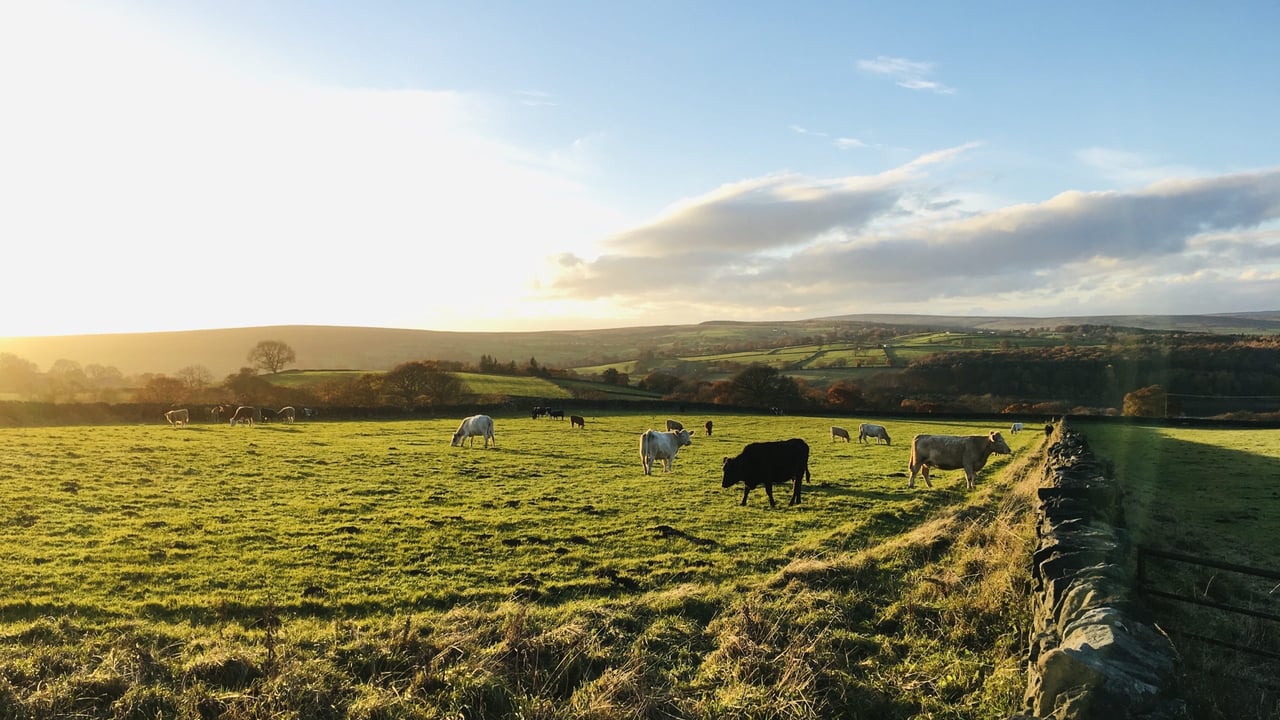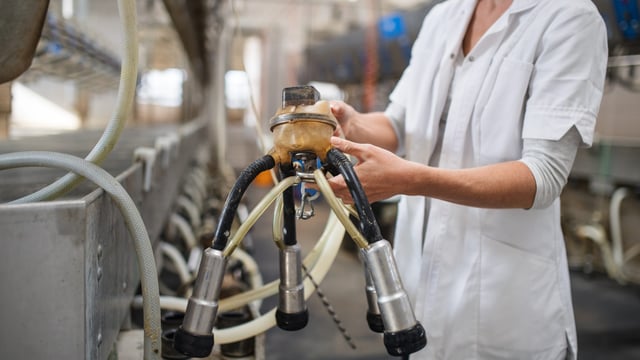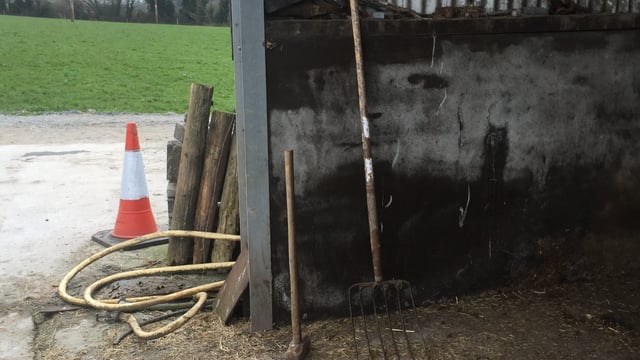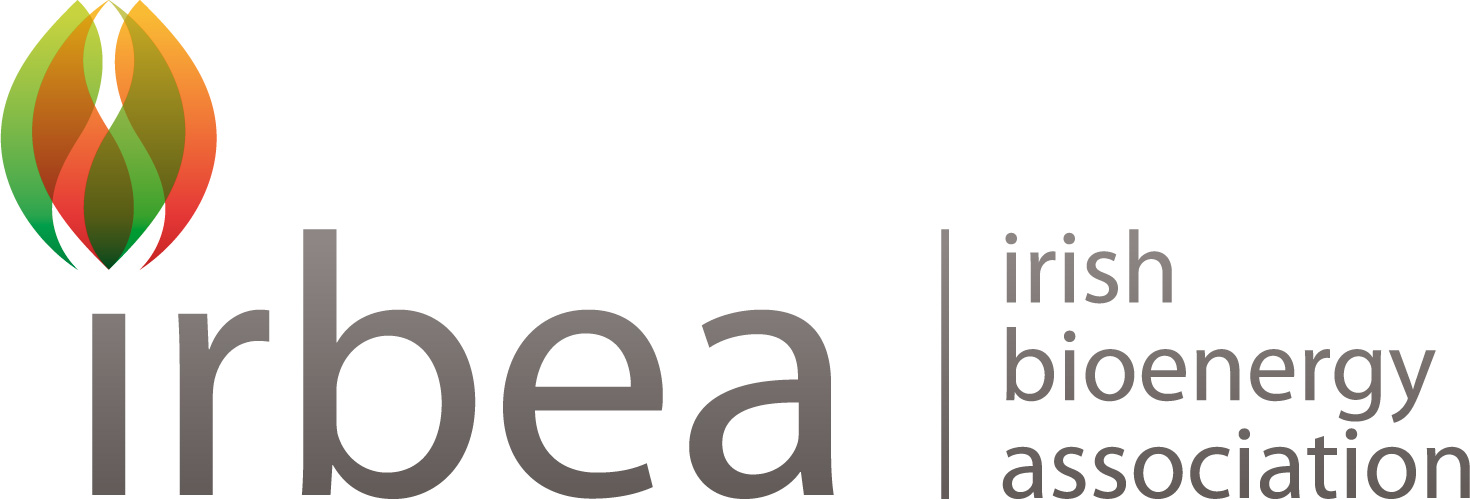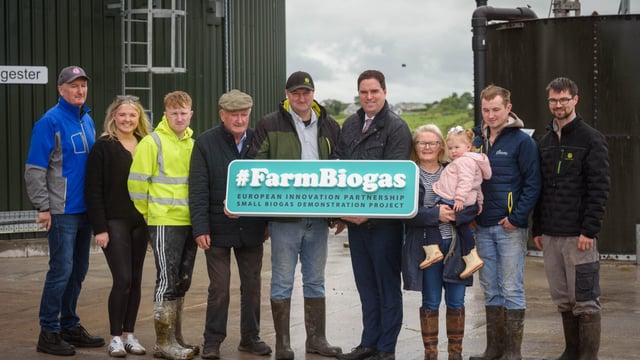Performance report for 2024 published by Teagasc
Teagasc has published a new publication today (Monday, January 27) that sets out indicators of the performance of the main farming enterprises in the agri-food sector.
The publication titled ‘Advancing Innovation, Sustainability and Technical Performance of the Agri-Food Sector in 2024', looks at the technical side of the sector and the productivity. It also looks at farm incomes and indicators of environmental and social sustainability.
In terms of economic sustainability, the report highlighted that 2024 was a good year for farm incomes despite very challenging weather conditions for the first half of the year.
Incomes in all the main farming sectors are estimated to have increased in 2024 compared to 2023.
This was helped by the higher farm gate prices in the second half of 2024 for milk, beef and sheepmeat and the good grass production and grazing conditions in the autumn/early winter period.
In terms of sustainability, significant advances were made in 2024 in relation to adoption of measures to reduce greenhouse gas emissions, according to the report.
Nitrogen (N) fertiliser use was close to the target set for 2030, while protected urea made up 26.4% of straight N use, with a target for 2030 of 95%.
Research produced through the Teagasc Climate Centre is driving innovations in nutrient management, carbon sequestration, and methane reduction.
In relation to water quality, the Environmental Protection Agency (EPA) report for 2016 to 2021 shows that over half (54%) of Irish surface waters are in good or better ecological status.
The Water Framework Directive requires all EU member states to achieve at least good status in all water bodies by 2027.
Recent EPA data indicates that nitrogen concentration in 20 selected rivers has declined in the first 6 months of 2024 relative to 2023, which is welcome. In 2024, Teagasc launched the ‘Better Farming for Water: 8-Action for Change’ campaign which will build on existing programmes.

